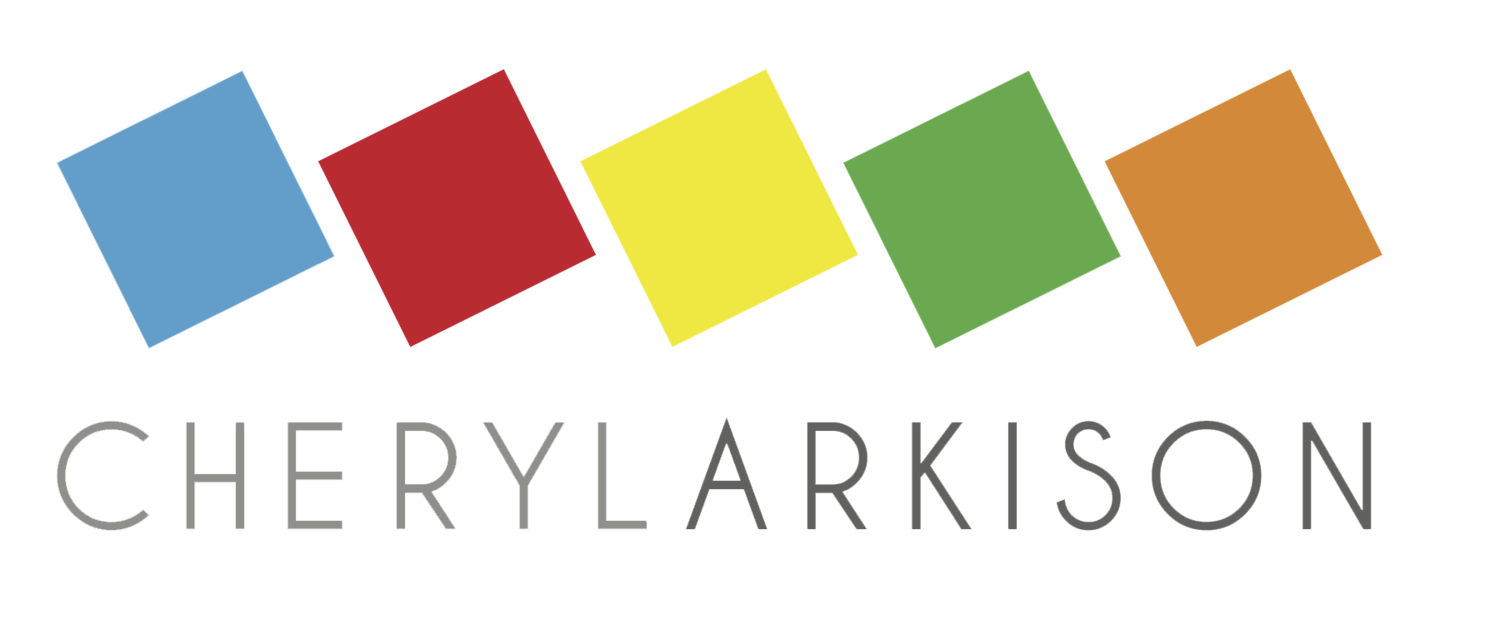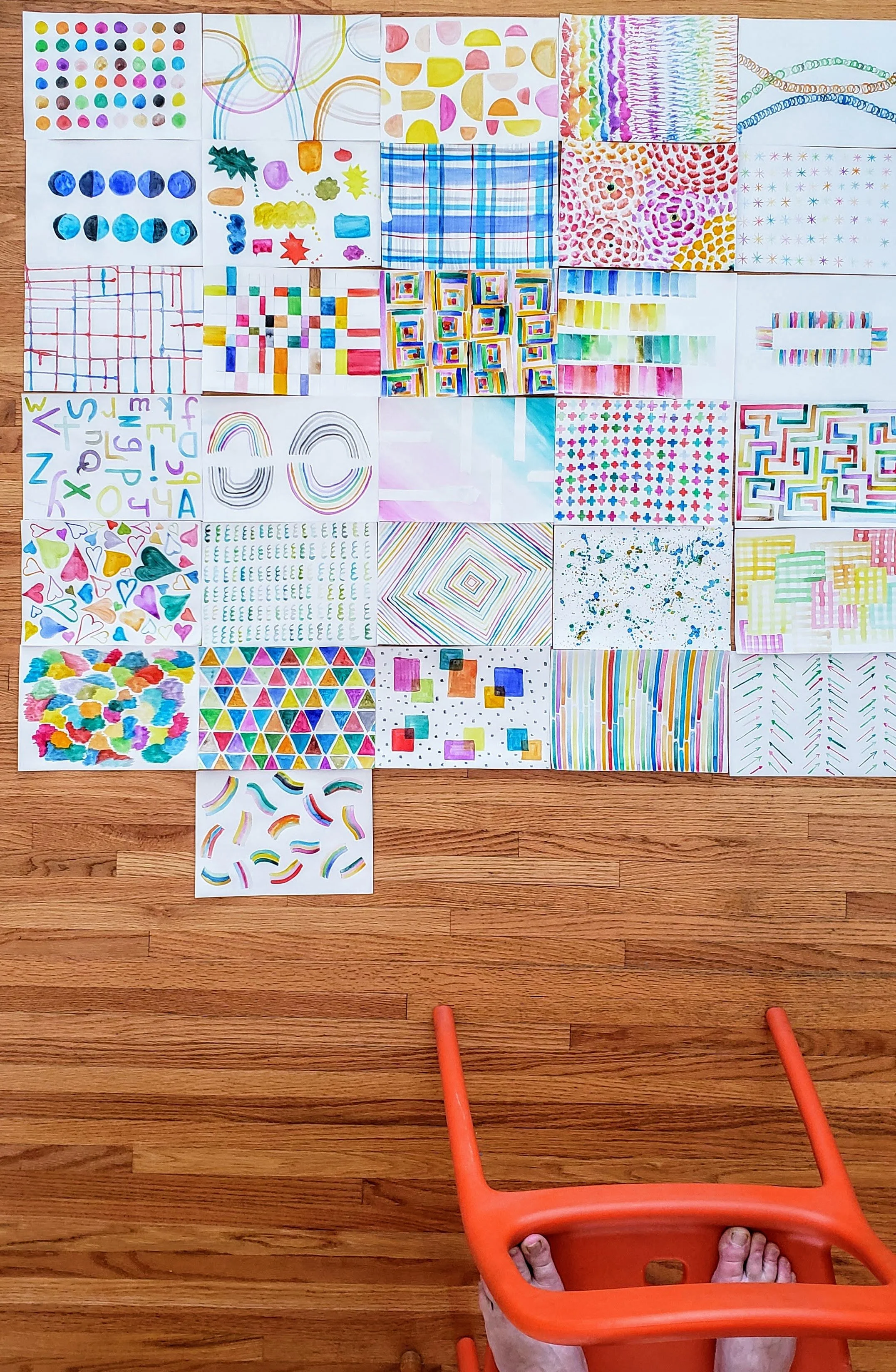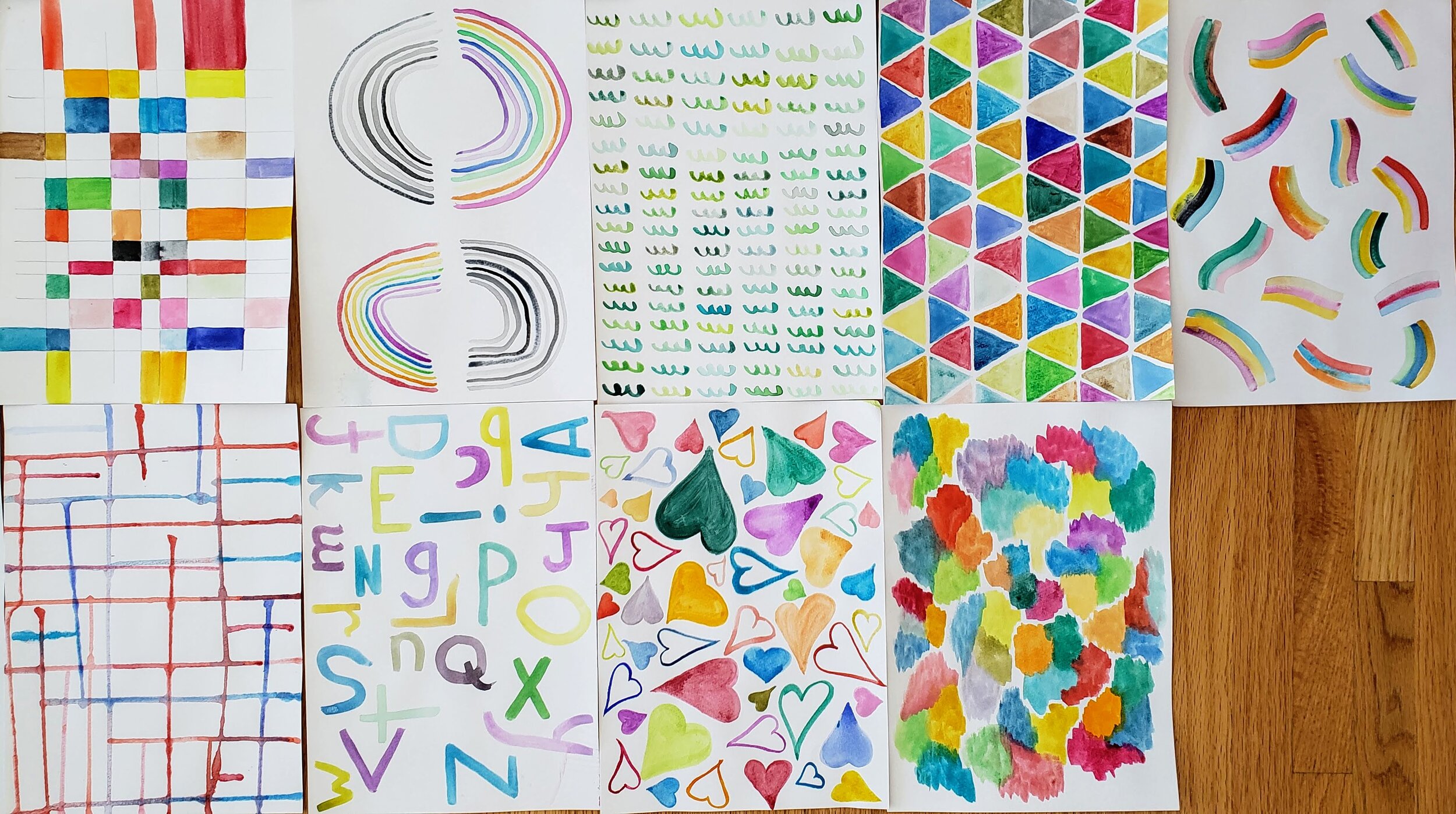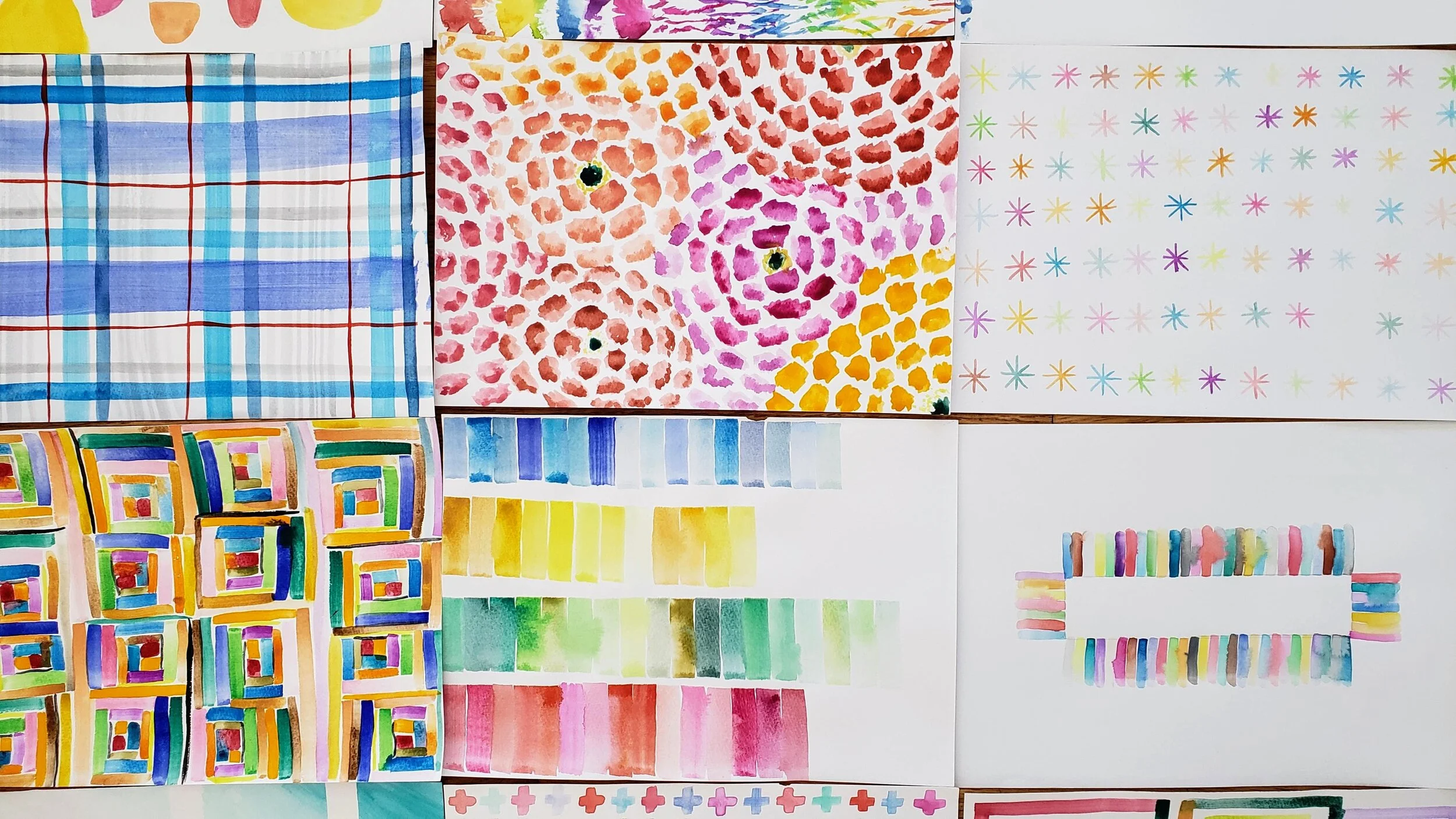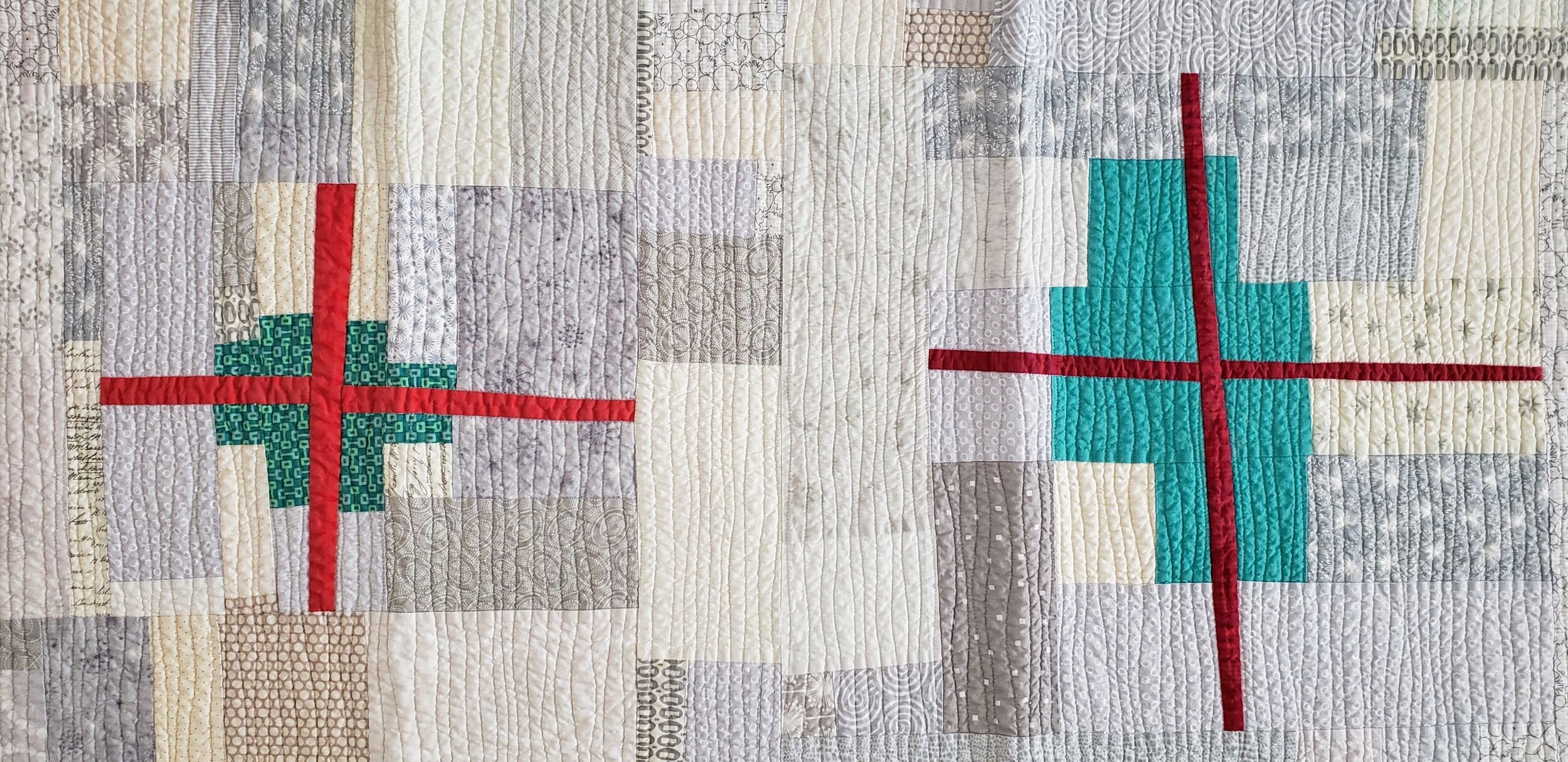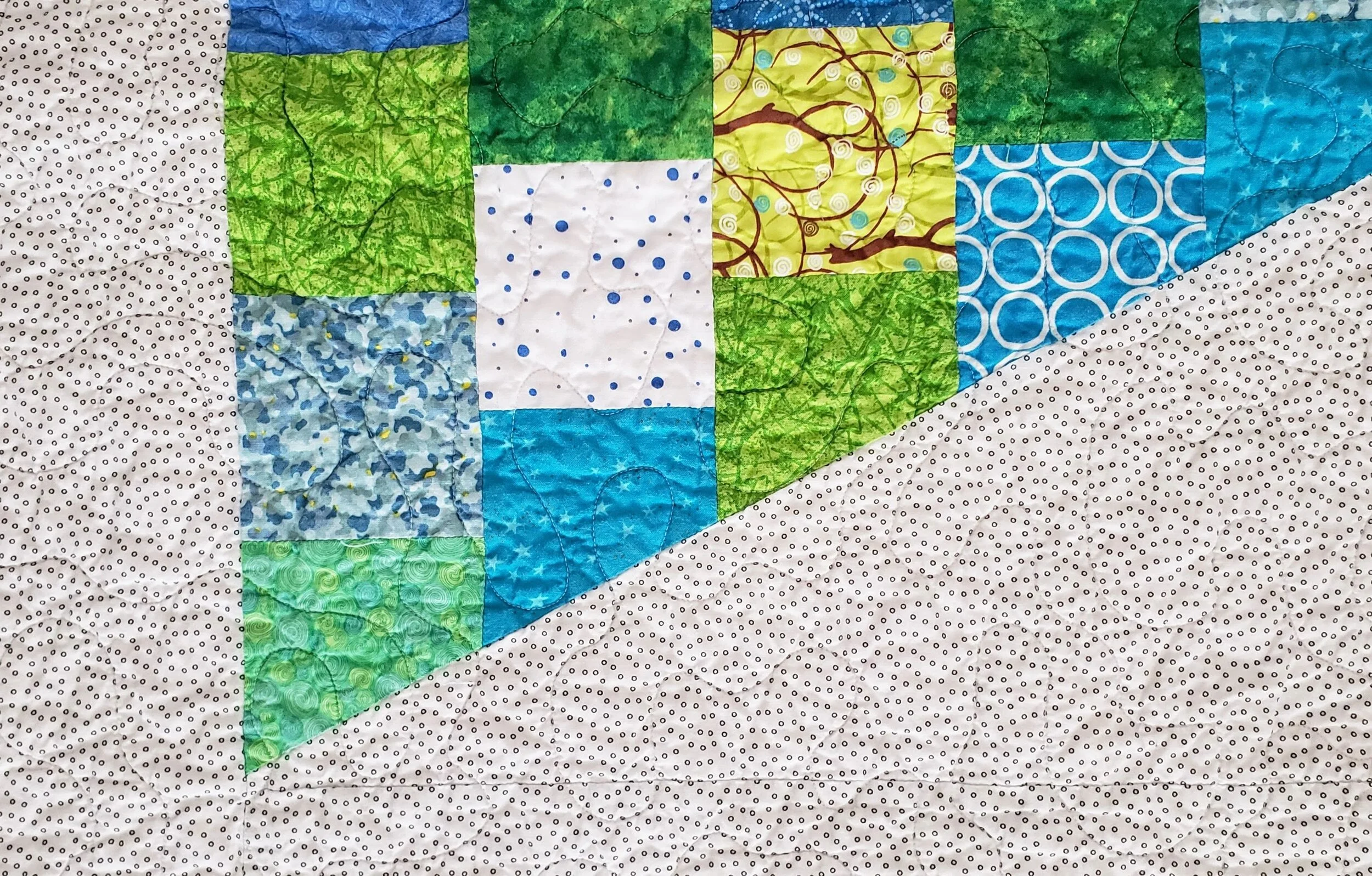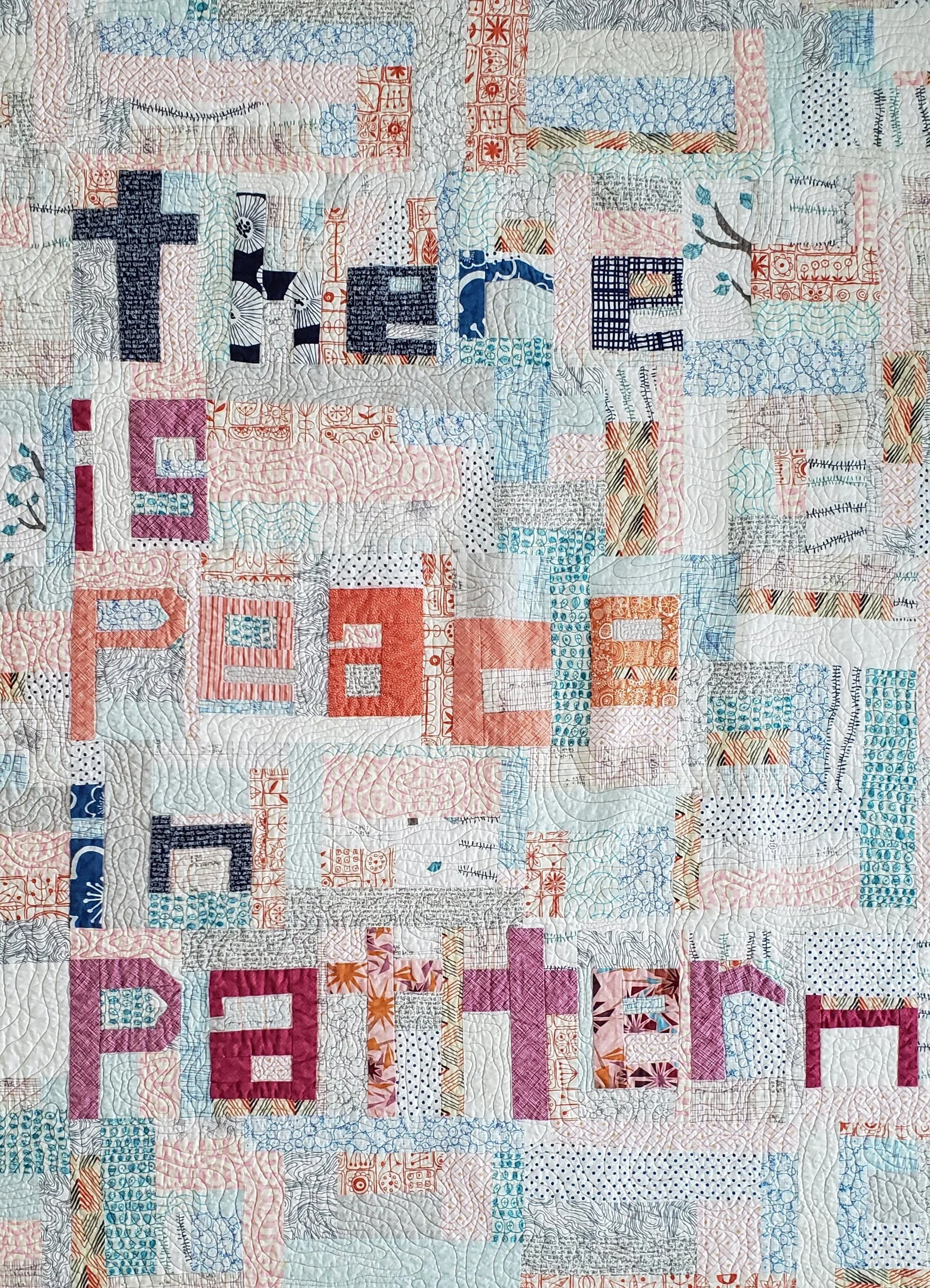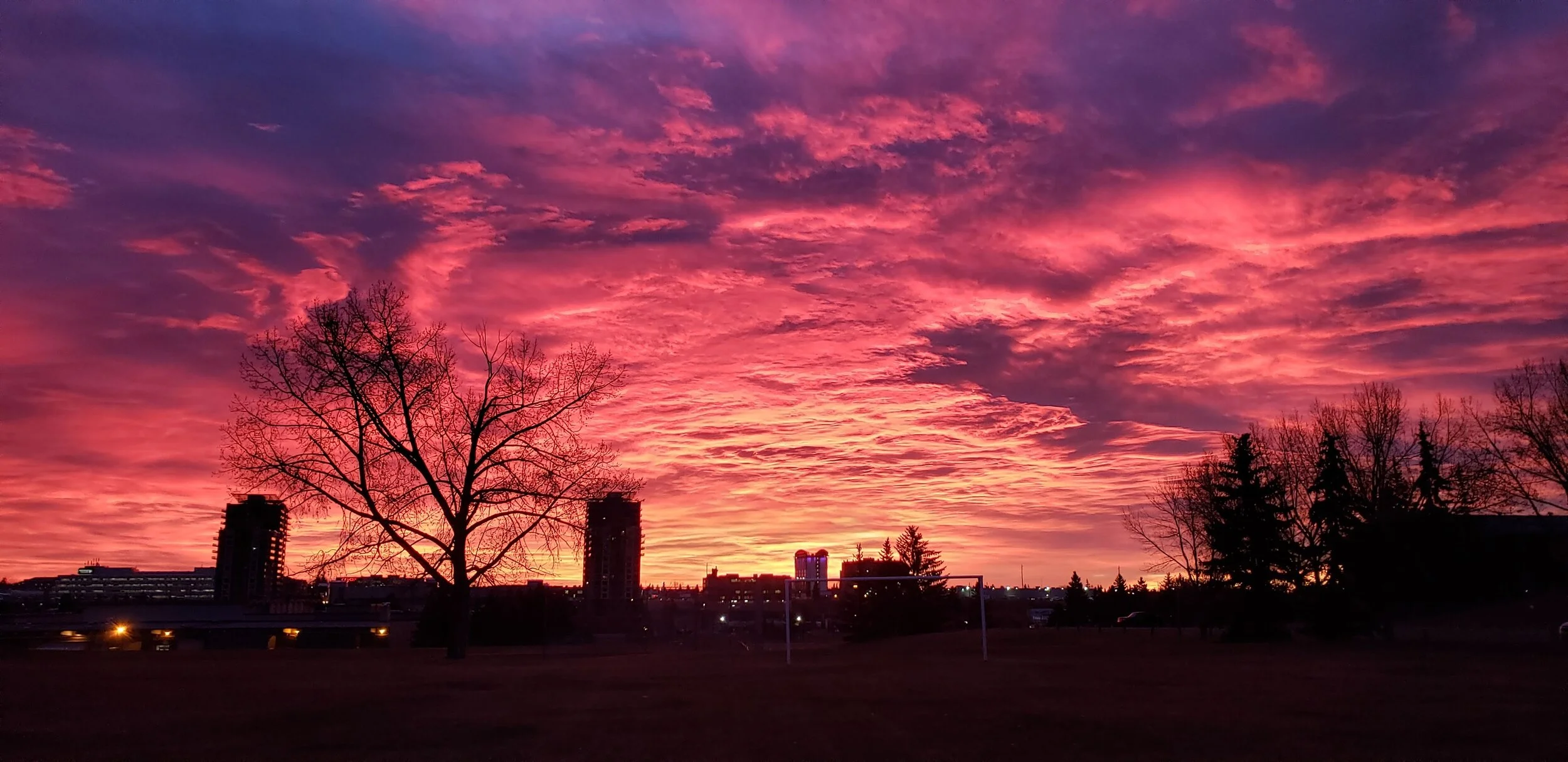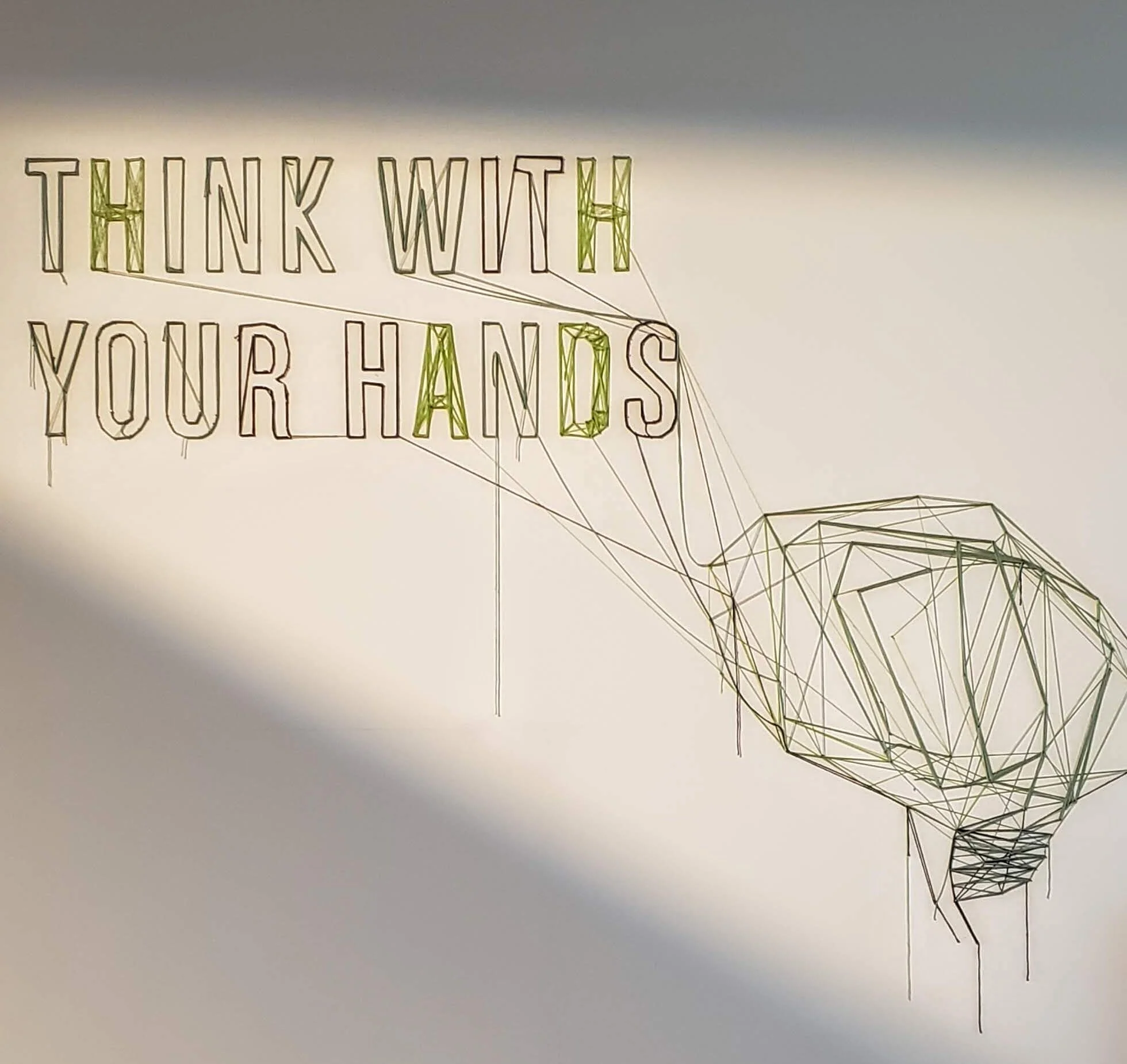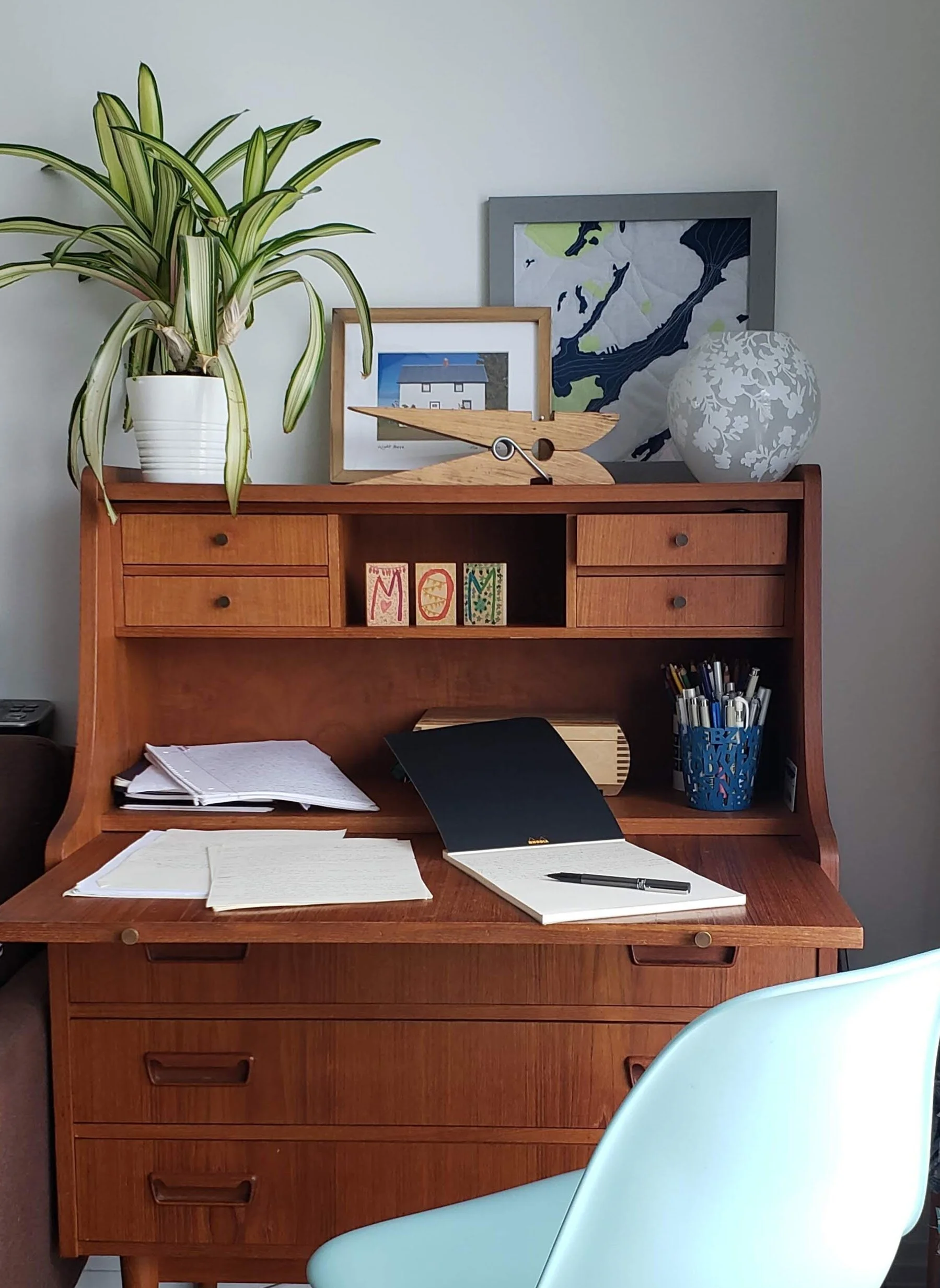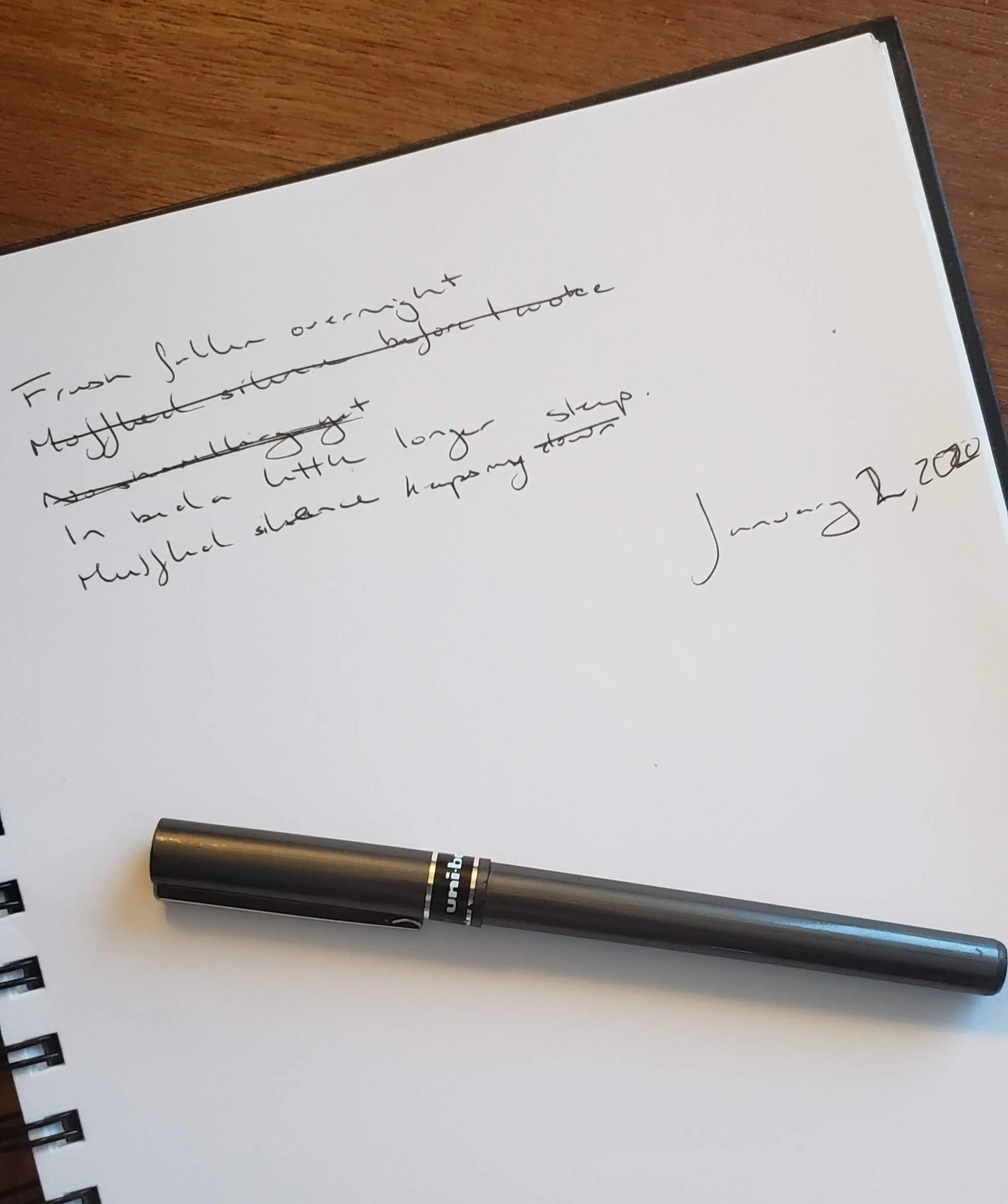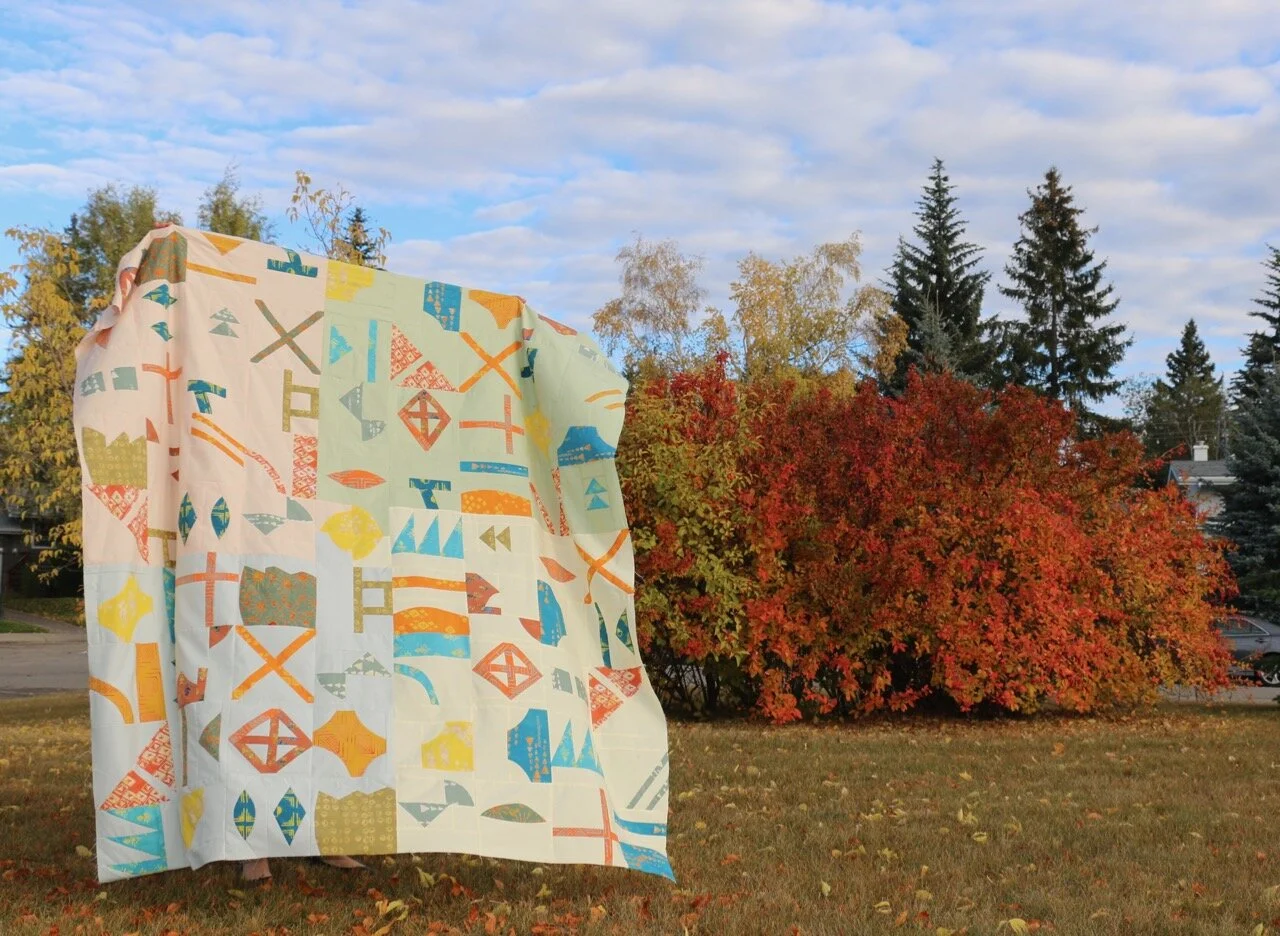Morning Make - March 2020
On February 29 I woke up with the flu. Just the regular flu, thankfully, but I still spent the next few weeks sicker than I can remember being in my adult life. And I thought shingles was bad this past fall! Anyway, when it came time to start March Morning Make I absolutely needed something easy, something mindless, something that was creative without being terribly challenging. In my fever addled state I remembered my Creative Bug membership and the multiple daily challenge classes.
With my kiddo’s IKEA paint set at my side I started Lisa Solomon’s Color Meditation class. I had no idea how perfect of a choice this was. More on that.
Note: I am spelling Color the American way here so people can find the class.
Once I was able to be vertical I went out and bought more watercolours, fancy ones from the art store. A week later I bought another set. That was when the kids came home. They joined me in the mornings then. We painted together, a calm start to these crazy days.
I knew zero about watercolour before starting this class. I can’t claim to know much more now - this isn’t a class on technique - but I have a comfortableness and willingness to play with the paint now. Any previous watercolour experience on my part was sitting beside the kids while they made shapes and landscapes and such.
Even when sick I found this painting to be pure escape. Then when our world got turned inside I found it to be a perfect balm. Lisa calls them Color Meditations and it is apt. I got lost in the process, much like I do when I am sewing. The end result didn’t matter, it was about the physical act of paint on paper. It was about playing without colour and water and shape. It was about the breath when we did it.
Sometimes the daily painting was only 15-20 minutes. Sometimes I sat there over an hour. Many, many times one or more of us would come to the table throughout the day with a cup of water and play.
You don’t have to start a daily practice like this on the 1st of the month. Try it tomorrow morning, I promise you won’t regret it.
Any daily creative practice is so important right now. People are baking bread, learning how to knit, picking up the guitar. Why? Because we need both the physical action of making/doing and the mental break from the rest of the world. When we do this our brain and body release from what is going on and allows us to be fully present. This is what meditation does for us and there is no one who can argue that meditation is bad. If sitting on a pillow and taking deep breaths while on a big journey isn’t your thing, then a creative challenge may suit you. Whatever that may be.
For April I am back to sewing. It’s been a few months since I did that for Morning Make. Each day I am making a 12.5” square X Plus blocks.
